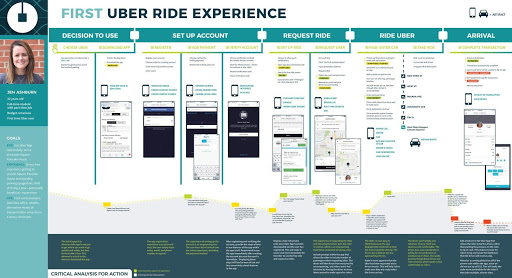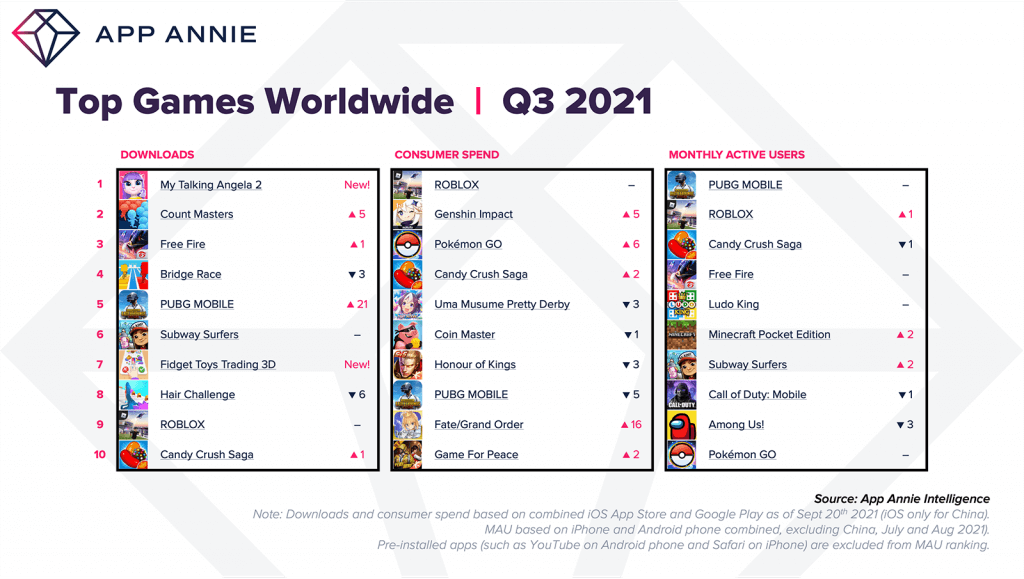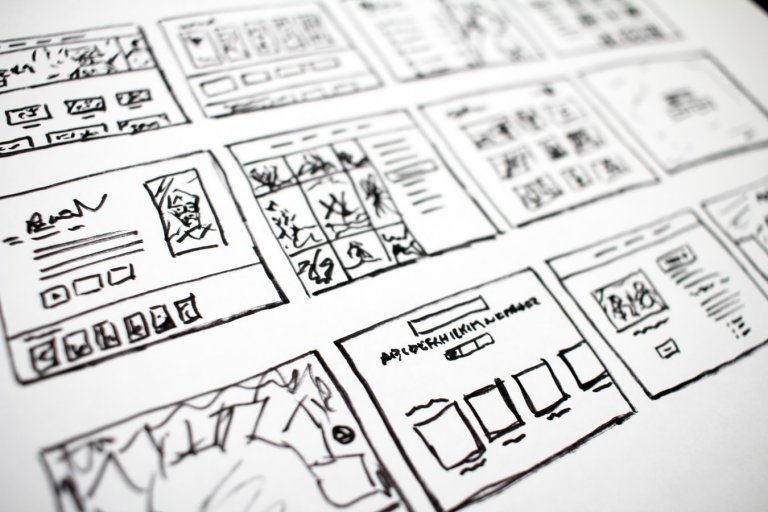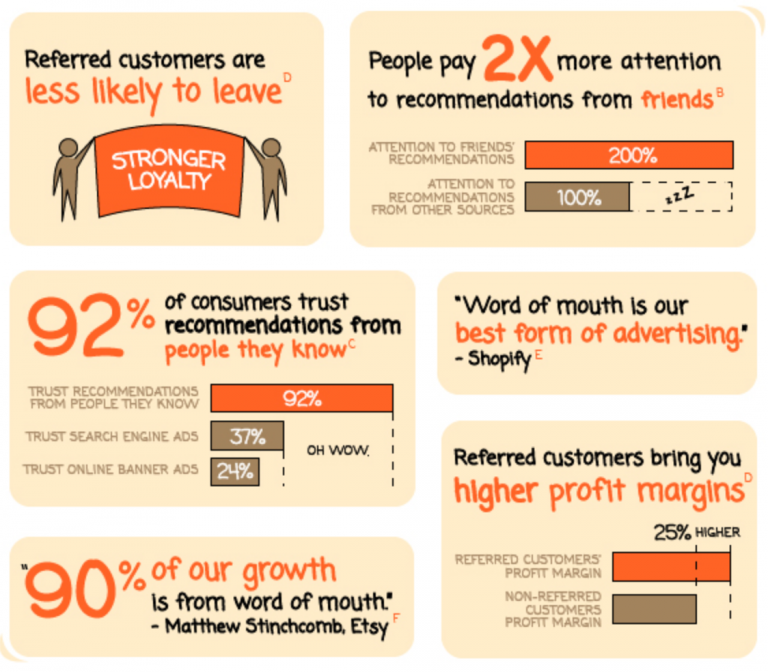App Localization: What Does It Mean and How to Implement It

It is hard to overestimate the role of mobile app localization in the modern market, especially nowadays, with billions of smartphone users worldwide. The mass consumer wants to communicate with the app or game in a familiar language, smile at local “memes” and learn cultural references. A localized app has more chances to be successful and top the charts in the App Store and Google Play, rewarding their developers with solid revenue. If you have created a unique product, distributing it to foreign markets is a priority, in order to avoid cloning ideas. As you know, an app with more than a million active users per day will attract the attention of any venture investor. High-quality localization and translation will help the app to overcome this threshold.
What is app localization?
App localization refers to the practice of optimizing app functionality and content based on the user’s location. The tactic is used to adapt a product to a specific locale or market, in order to ensure that users have a smooth journey to an in-app conversion.
There is an important difference between internationalization and localization. Internationalization is the adaptation of a product for potential use almost anywhere, whereas localization refers to the addition of special functions for use in a certain region. Internationalization is carried out at the initial stages of development, while localization is made for each target language.
The importance of localization
Both Google Play and Apple App Store are now available in almost every corner of the world. Apple supports 155 countries in 28 languages and Google Play has free applications available worldwide in 46 different languages.

Source: SignalMind
App stores now want everyone to have a seamless experience on their smartphones – irrespective of the location they are in or the language they are comfortable with. In turn, this gives developers the chance to grow their apps across the globe in a bigger target market and with larger market opportunities.

In fact, some of the top apps already use localization as an integral part of their marketing and user engagement strategies. About 13% of marketers believe that location-based personalization gives their apps the opportunity to tap into untapped markets and get a competitive edge.
One of the most recent and most effective examples of app localization is Pokémon Go. Remember how the game notified you every time a pokemon was close by, even when you were on the go?

Did it not nudge you to jump right into the game and not let that Pokémon be captured by anyone else? While it was a competition for you, it actually added to the game’s app sessions and engagement rate, helping it grow even further.


In case you were wondering how global revenue distribution looks like, before starting to localize your app, here is everything you need to know:
Source: Sensor Tower
App localization checklist
How do you implement localization? To do it right, follow these steps:
- Decide upon countries in which the app will be available. If an app or a game is intended exclusively for a certain culture, then there is no point in wasting resources on localization for other countries. If we are talking about a universal app (for example, a notepad or another utility), then such a product should be offered to the maximum number of users, focusing on the global reach of Google Play and the App Store.
- Come up with the app store description. When you launch the app for a global audience, it typically becomes available in all countries and for all languages. The first thing that a potential user will read about your app is its description in the app store. Never rely on Google translate to localize the description, because even a non-picky user will appreciate a high-quality translation. Description in the native language will help them understand the functionality of the app or the genre and features of the game.
- Isolate the app text. Each text string must have a unique identifier. Before the translation, organize the text strings in a table. Isolation helps to draw the user’s attention to the necessary content, so you should use it for localization.
- Add the “Language” option to the settings. Many users, especially in multilingual countries or who often change their place of residence, prefer to choose their own language in the application. Do not deprive such users of this opportunity by providing them with the choice of language in the settings.
- Redesign the app. After translating the interface and texts into another language, it is time to redesign the app. The same word in another language may be longer than in the original. In some cases, the text does not fit in the forms reserved for it. Therefore, you should take care of the app redesign for each localization language.
- Consider cultural differences and language features. A native speaker of another language exists within the framework of a different culture and rules. Therefore, when preparing a localized app for a specific country, consider its cultural and linguistic features in order to avoid a negative impact on users. For example, in the USA, the date “April 1” will be written as 04/01, and in Europe, it will be January 4.
How can you localize your app?
All the big boys in the gaming industry are already tapping into the power of localization to engage their users on a deeper level. Let’s take a look into how you can do the same!
App Store Optimization
Want your app to be discovered in new countries? First work on its discovery! Adapt your title and description according to the location market you are targeting. Then focus on the best keywords that you can rank for in the new language to boost visibility and downloads. Screenshots and video trailers with updated, localized content will take your ASO efforts further.

For example, here’s how Clash of Clans changed up their app store descriptions to suit the local market:
App content
Going freemium will definitely get you users from across the world, but localizing your app’s content will help you engage them better. Localization of app content – time, date, units, alternative SDKs, and editorial content – will also help. You absolutely need to make sure that each of your content pieces provides a localized experience to the users – yes, including emails!

For example, Uber. Since Chengdu is a city renowned for having a massive panda conservation center, they created a panda-themed content and touchpoints for users. While it might not seem relevant to users from other countries, it certainly worked well as a reference point in Chengdu.
Location-based push notifications
Just like Pokémon Go, you too can personalize your push notifications based on the location of the user. For instance, you can use push notifications to let your player know of those who have just joined the game from a nearby location or are already beating down their score. Stimulating the competitiveness and curiosity to know who it is will definitely bag you an app session.
Another example of location-based push notifications is Foursquare. It leverages the communication channel to update the user about what others are doing, saying, and indulging in.

GetSocial’s Smart Targeting feature can help you re-engage and target your users based on their in-app behavior and deliver targeted push notifications to each segment. Smart Targeting gives you an opportunity to deliver a localized notification message with the correct translation in any of the 24 supported languages to that specific segment.
User activity feeds
Encourage your players to share their milestones on in-app activity feeds. Let them take a look at each other’s accomplishments in the game, where and how they achieved them so far. This will help you nudge players to try their hand at the same tactics and at the same time stimulate the competitiveness between them. You could also use activity feeds to monitor how your players are gaming and offer location-specific tips that will help them get further in the game.
In-app chats
Again, quoting Pokémon Go as an example here! The players who were so engrossed in getting more pokemons than others in their circles, also started to interact with each other to share tactics. They used chat apps to exchange tips, tricks, and other messages with one another. Incorporating in-app chats helps you keep these players looking for networking within your game. This increases their app sessions and their length as well.
Support pages
Another way to localize the experience your game offers to players is through your support pages. Make sure that your support pages and others link through to a localized site that helps your players access information in their native language. This helps you resolve user issues before your players get disengaged from your game.
App localization software
We have collected several examples of software tools that can simplify the mobile app localization process.
Crowdin

Crowdin is a localization management platform for agile teams, which simplifies and streamlines the translation of mobile apps, games, websites, emails, docs, blogs, and more. The platform has an API, CLI, in-built integrations with 150+ tools and several features to make the mobile app localization process clear and smooth.
Lokalise

A professional platform for localization (team, chat, export, API) with the possibility of professional translation. Lokalise allows you to manage app localization either on your own or with a team of collaborators. Built for developers, Lokalise offers features such as inline translation suggestions, project chat, webhooks export, and an API.
OneSky

With this platform, you can automate mobile app localization processes for all types of businesses, but with the main focus on technical app localization. Solutions by OneSky are trusted by over 1,000 apps in more than 70 countries.
Localazy

Localazy enables developers to integrate localization as a part of their CI/CD workflow. This service allows to automate, reduce and delegate localization tasks. With 80+ languages in shared memory, everybody can get instant access to ready-made, highly accurate translations. It’s made especially for single developers and small digital teams.
Phrase

Phrase is a localization management platform for developers with professional human translation services. Phrase enables you to manage localization files online, work on projects with your team, implement a smart workflow, convert file formats, and add contextual information to translations.
POEditor

POEditor is an online localization service that is perfect for managing collaborative or crowdsourced translation projects. With POEditor, you can localize websites, apps, games, and more. The service understands almost any file with strings and can be integrated with GitHub, Bitbucket, GitLab, and Azure DevOps.
Transifex

Transifex is a unified translation management center that offers two solutions – File and Live. File is suitable for complex apps and other digital content whereas Live is intended for websites.
Over to You
App localization is not an easy process. There are very few developers who have successfully implemented local elements in their apps and expanded globally. It requires developers and marketers to fully understand their target market and opportunities available to them as well as research the elements they need to localize.
App localization opens up new opportunities and a huge audience of potential users for developers and publishers, which are separated only by the language barrier. A thorough and methodical approach to mobile app localization will not only pay off but also bring extra revenue.
What we suggest is that you prioritize the locations you want to take your app or game to first. Taking a step by step approach will help you execute effective localization.






